2023 came crashing in with bomb cyclones, record cold temperatures and atmospheric rivers pouring from the sky. The climate’s ominous message isn’t lost on the economy, which is projected to collapse into a recession, according to 70 percent of economists in a recent survey by Bloomberg.
Since economists have made similar projections for much of the past year, CFOs had a heads up in their 2023 budget preparations. Now that the ink is dry, StrategicCFO360 asked six finance chiefs if they were sharply pulling back on expenses. Quite the contrary.
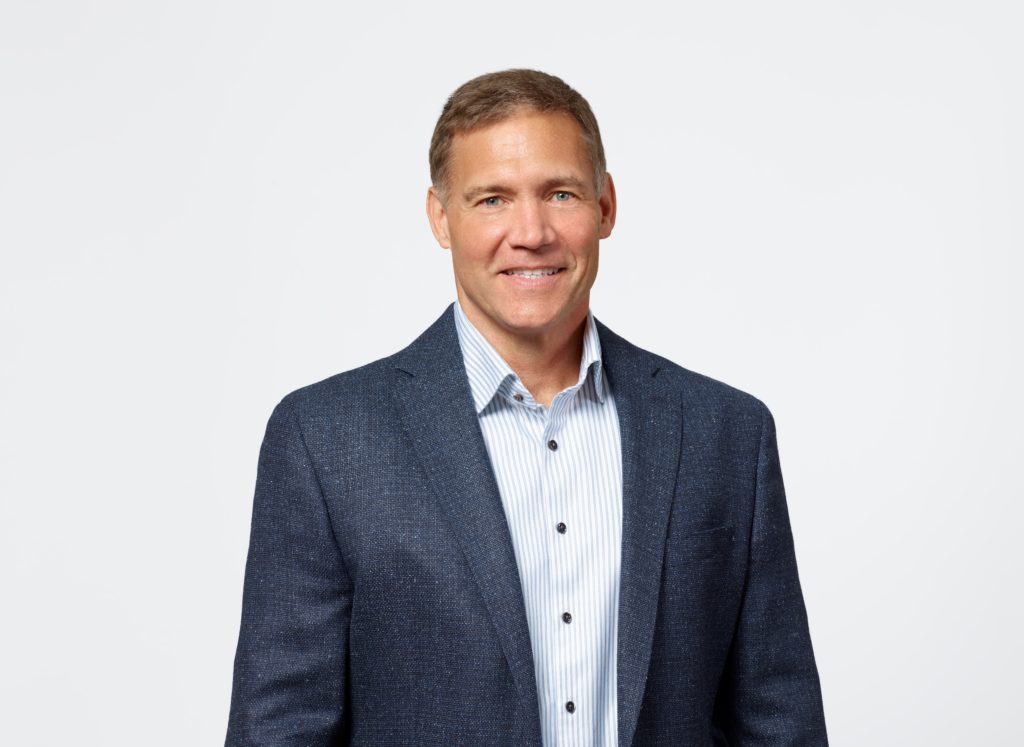
Just because an economic downturn is in the cards doesn’t mean that every line item is slated for monetary constraints. In fact, CFOs like Scott Settersten at public company Ulta Beauty, a leading chain of 1,340 stores selling more than 25,000 products like cosmetics, skincare, haircare and fragrances, is spending more this year on employee training programs, supply chain automation and implementing the next (and most expensive) stage of a major cloud-based ERP deployment (SAP S4). “There are always opportunities to invest in the business and people,” Settersten said.
The five other CFOs also are putting their cash to work, balancing their investments with thoughtful capital reductions elsewhere, given the strong possibility that consumers will have less disposable income to spend if prices continue to rise as they did last year. They’re not alone in these aims. More than one-third of finance chiefs in a December 2022 survey by the CNBC CFO Council said they expect to increase capital spending over the next 12 months, while less than one-quarter anticipate spending decreases. The remainder said spending will remain on par with 2022 levels.
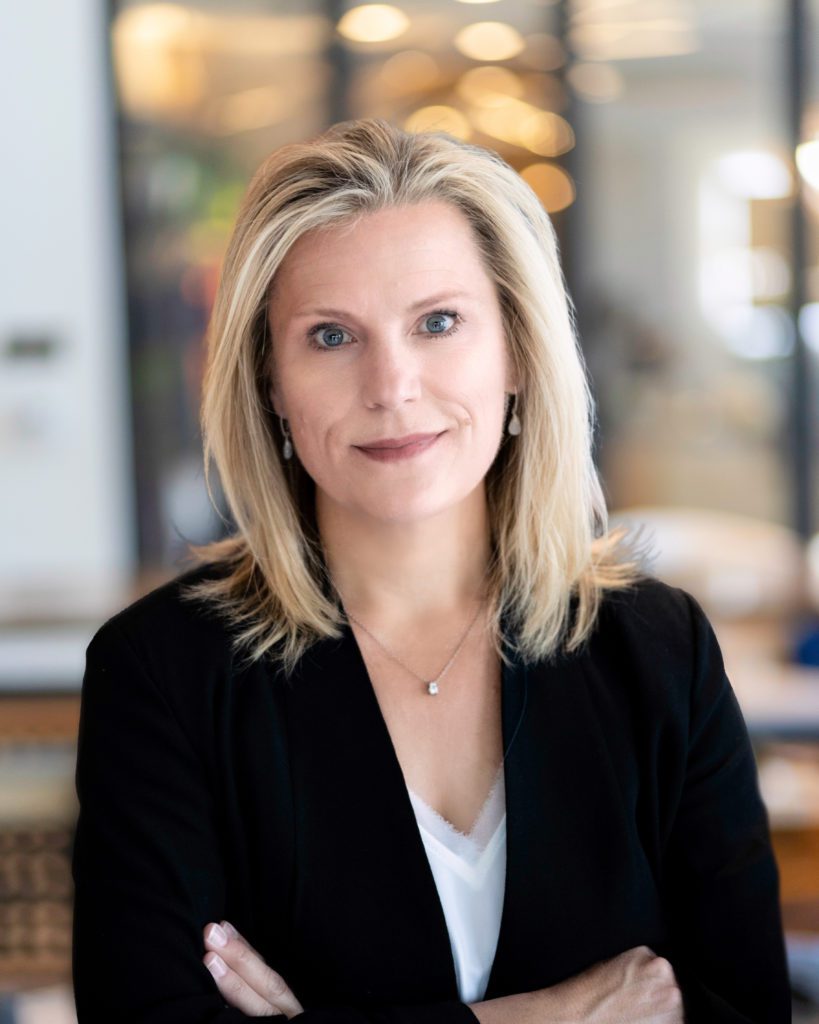
Such actions may seem counterintuitive for an economy barreling toward a possible recession. They’re not. “Every CFO is tightening the belt in 2023 for obvious reasons,” said CFO Adriana Carpenter at expense management platform Emburse. “But that doesn’t mean we’re not investing in driving the business forward with the limited dollars we have.”
Automation is Axiomatic
The belt is tighter at Honor Home Care, a franchise provider of in-home healthcare with 750 employees and more than $250 million in annual recurring revenues, where CFO Andrew Steinberg is scrutinizing corporate expenses with a “red pen” in hand. “I just finished our 2023 budget, having looked at every spend, back-office headcount, every new person coming on board, asking the question does this investment help us improve our growth and efficiency,” Steinberg said. “If the answer was `no’ or even `maybe,’ it was not included in the budget.”
What is included in his budget and those of other finance chiefs are investments in automation and analytical tools to respectively make business and work more efficient and data more revealing. Most of the six CFOs also are tucking cash into their research and development (R&D) activities to better glean and serve the needs of customers. At least one CFO expects to acquire smaller competitors in the M&A buyer’s market, and another is shelling out cash to improve the company’s cybersecurity and ESG (environment, social and governance) profile.
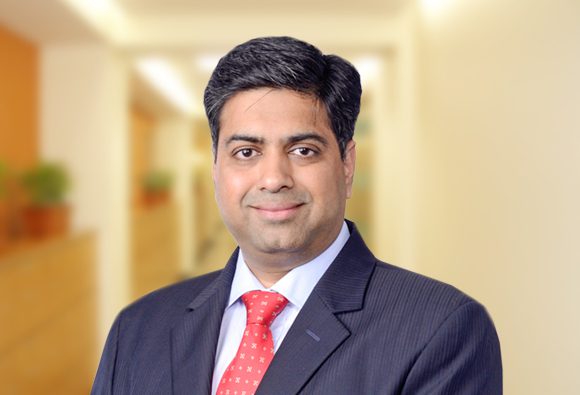
All in all, money is still making the world go ’round. It’s not surprising that tech remains a key line item, since the efficiencies delivered generally offset other expenses like labor and overhead. At public company WNS Global Services, a global provider of business process management solutions, with approximately $1.1 billion in annual net revenues, Group CFO Sanjay Puria is automating accounts receivable processes across its 70-country geographic footprint and plans to invest in a “layer of analytics” to collect insights on which clients are delayed in making payments, he said. “Anything that is processed manually is set to be automated; we’re reprioritizing our investments this year to focus on ways to make work more effective.”
CFO Gary Zyla at AssetMark, a provider of wealth and asset management technology to 8,600 small financial advisors serving 220,000 investor households, said he plans to spend more revenue this year than last year on “investments in technology tools improving our technology infrastructure and productivity.”
“We’re evolving from a turnkey asset management platform into more of a full-service platform,” he explained. “Lots of smaller financial advisors are looking for broader product capabilities, such as 401(k) retirement and portfolio tax optimization. Our tech infrastructure has to keep pace with the additional services.”
Mark Partin at BlackLine also is investing capital in the public company’s digital infrastructure. “With the cost of manual work rising in the inflationary environment, now is an opportune time for us and others to invest in further digitizing the accounting back office,” said Partin, CFO at the leading provider of finance and accounting solutions, with 2022 estimated revenues of more than $521 million and 1,900 employees.
“It’s a smart use of capital that yields a rapid return to value,” Partin said. “Doing nothing merely prolongs the problem with adverse impacts on profit and loss and work-life balance.”
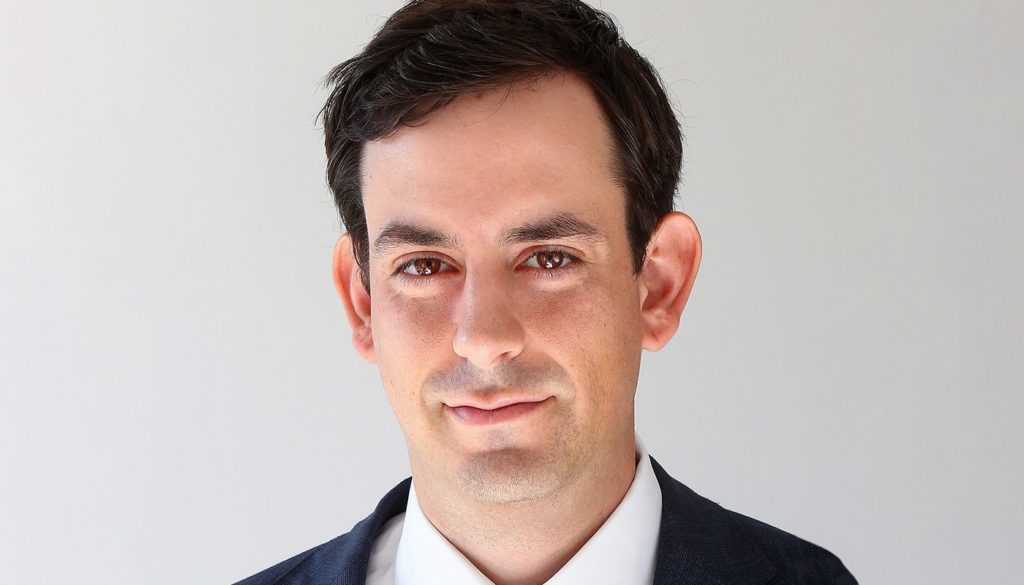
More automated processes are in store at Honor Home Care, too. “We plan to automate everything we haven’t already automated and that goes double for the finance organization,” said Steinberg. “We’ve streamlined our tech stack (in finance) from 25 vendors to 18 in the last four months and will continue to rationalize throughout the year.”
At Ulta Beauty, with $8.6 billion in revenues and 40,500 employees, Settersten plans to accelerate investments in automating the public company’s supply chain, which consists of six distribution centers across the country. “We’re looking to develop better warehouse operations, leveraging automation to make work less physically demanding and more efficient,” he said.
The automated systems are slated for “the most mundane and repetitive kinds of work,” he added, “giving our people a higher quality work environment. We’re not shipping huge pallets here; we’re a beauty retailer. Our people walk up and down the aisles with a cart (at a distribution center), picking out individual products ordered by a customer to put in a box. By automating this process, using robots to do most of the picking and packing, people can focus on shipping and other fulfillment services.”
Generating Tomorrow’s Products
While many companies are laying off workers, Steinberg at Honor Home Care has budgeted more capital to increase headcount in R&D, care delivery services and go-to-market teams, all part of a strategic plan to grow the company at a 30 percent scale toward breakeven profitability, the point at which total expenses and revenue are equal. Approximately 600 home care agencies in the U.S. and roughly the same number globally have joined the company’s home care network.
By enhancing Honor’s home care technology and operations platform, Steinberg hopes to significantly add to these numbers in 2023. “We run the agencies’ back-office operations on our platform, which is similar to a platform-as-a-service cloud computing model,” he said. “This is a highly fragmented industry, about $30 billion domestically and another $50 billion or so outside the U.S. We don’t think any competitor has more than a 5 percent market share. There’s room for us to grow.”
Emburse also is investing in R&D. The global company, with 900 employees across 120 countries, seeks to generate more innovative and efficient versions of its expense management cards, prepaid cards that employees can use to make online purchases. “We’re doubling down on R&D, leveraging data and analytics to create new and better ways for customers to manage their expenses,” said Carpenter.
She provided the example of a virtual card integrating different types of corporate spend like travel and entertainment, invoices and long-tail recurring subscription expenses, making it less complicated to manage these expenses. Using analytics, the company can capture, aggregate, track and visualize this spend data in real time. Additional data scientists have been hired to develop the analytics tools.
“These are areas that will deliver profitable revenue in the future, but that doesn’t mean you don’t need to be careful,” said Carpenter. “Every dollar matters in the uncertain economic environment. We will measure investment performance each step of the way and adjust as we go.”
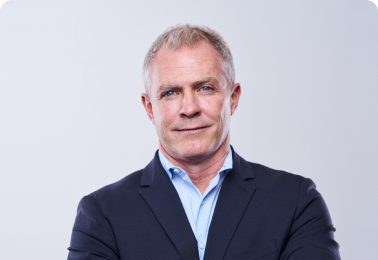
Partin’s spend priorities at BlackLine in the coming year also include “higher-level predictive and interpretative analytics,” he said, explaining that such tools “give all finance chiefs the ability to identify areas to reduce costs, more profitably segment and serve customers, make more insightful decisions, and acquire a better understanding of money moving in and out of the business.”
The CFO also is investing capital in automating the company’s order-to-cash cycle (invoicing, fulfillment, customer payment, accounts receivable and cash reconciliation). “Automating this foundational layer of architecture has been proven to deliver value time and again, something we preach to the marketplace but also always look at internally to assure frictionless processes,” he said.
Some CFOs are eager to cash in on perceptions of a buyer’s market in M&A. Part of AssetMark’s growth strategy is to acquire synergistic companies augmenting the firm’s $82.1 billion in assets. “We believe we’re in a buyer’s market, with lots of firms struggling with lower revenues, and plan to invest in these smaller versions of us to buy capabilities we lack, adding their advisors to our platform to create more scale,” Zyla said.
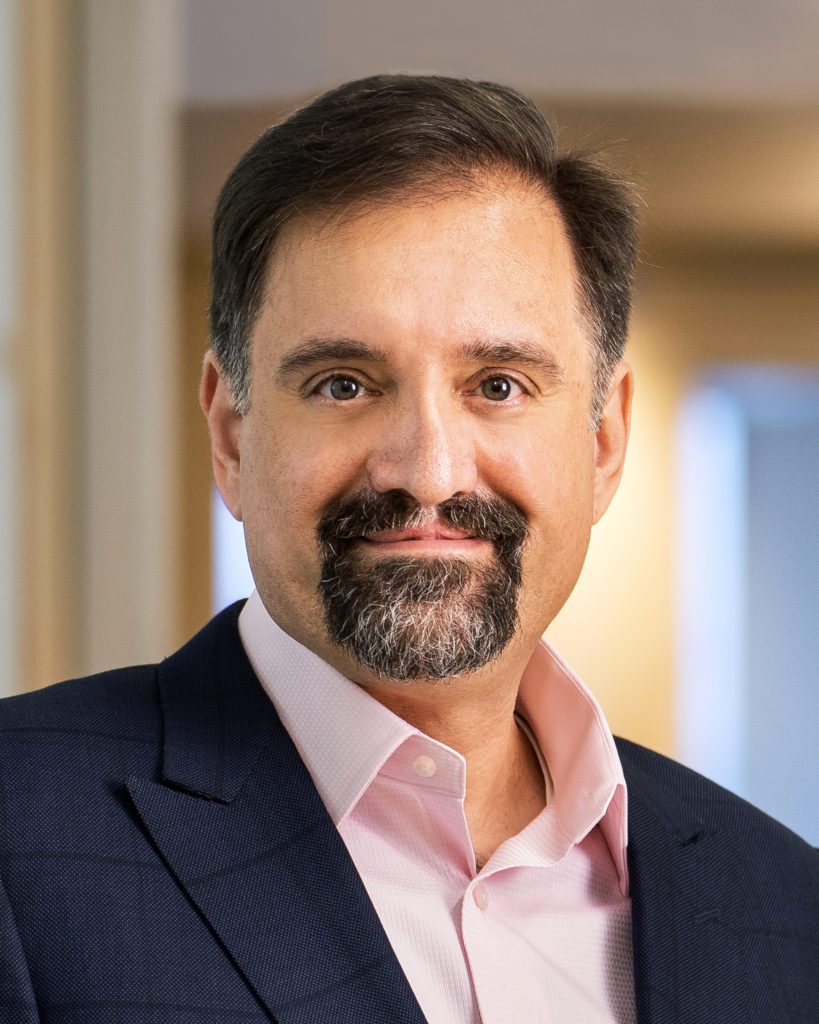
Recent acquisitions include Voyant, a provider of SaaS-based financial planning and client digital engagement solutions serving 20,000 advisors, and Adhesion Wealth, a provider of wealth management technology serving 2,800 fee-based advisors across 180 registered investment advisors (RIAs). “The RIA channel has grown rapidly over the last decade at a 10 percent compound growth rate annually,” he said.
While BlackLine closed two important acquisitions in 2021 and 2022 to round out its solutions in accounts receivable automation and intercompany financial management, more of the strategic and financial focus in 2023 is on the value-added efficiencies of its product suite.
“We’re always on the lookout for opportunities to expand our solutions, so long as they are contiguous to our focal point of being indispensable to the controller; that’s always ongoing,” said Partin. “Although we’re largely mature in our solutions for the financial close process, there are opportunities to further optimize (other solutions like) our accounts receivable automation offering, hence the capital earmarked in this area in 2023.”
Making Operations and Work Safer
Many CFOs are allocating more cash to make work less taxing, due to growing concerns over employee mental health and well-being. Settersten, for example, is directing more capital toward the introduction of HR training materials that support Ulta Beauty’s employees on the front lines.
“Working in a store today is challenged by the dysfunctional discourse in society; some people are angry and impatient, causing anxiety and other mental and physical health concerns among our associates,” he said. “The materials provide ways to better cope with these challenges.” The CFO has set aside more money in the budget for employee training to get store personnel “up to speed more quickly” on the company’s 25,000 products. “We want work to be more intuitive when it comes to servicing customers about our many brands.”
At WNS Global Services, cybersecurity and ESG were key line items on Puria’s mind in formulating the budget. “Like other technology companies, we’re facing unknown cyber threats, particularly as we expand globally and introduce hybrid work models that require extra vigilance,” he said. “We require multifactor authentication to access systems, but more needs to be done and will be done.” Extra capital is budgeted to acquire sophisticated tools assisting the company’s information security team better detect, monitor and track possible network intruders.
Additional investments in ESG also are planned to reduce the Mumbai, India-based company’s carbon footprint. “We have formally committed to the Science Based Targets initiative (SBTi) to achieve net zero emissions,” Puria said. “As part of this, we will continue to invest in `green’ electrical energy across India. Right now, about 81 percent of our energy (in India) is green or renewable and plans are afoot this year to expand this to the remaining locations.”
Such capital investments at a time of pronounced economic uncertainty is nothing new for strategic CFOs, assuming prudent cost savings elsewhere. As Steinberg put it, “The old mantra, `cash is king,’ goes double for 2023. Until an economist tells me we’re not going to enter a recession, I have to assume it is inevitable.”








